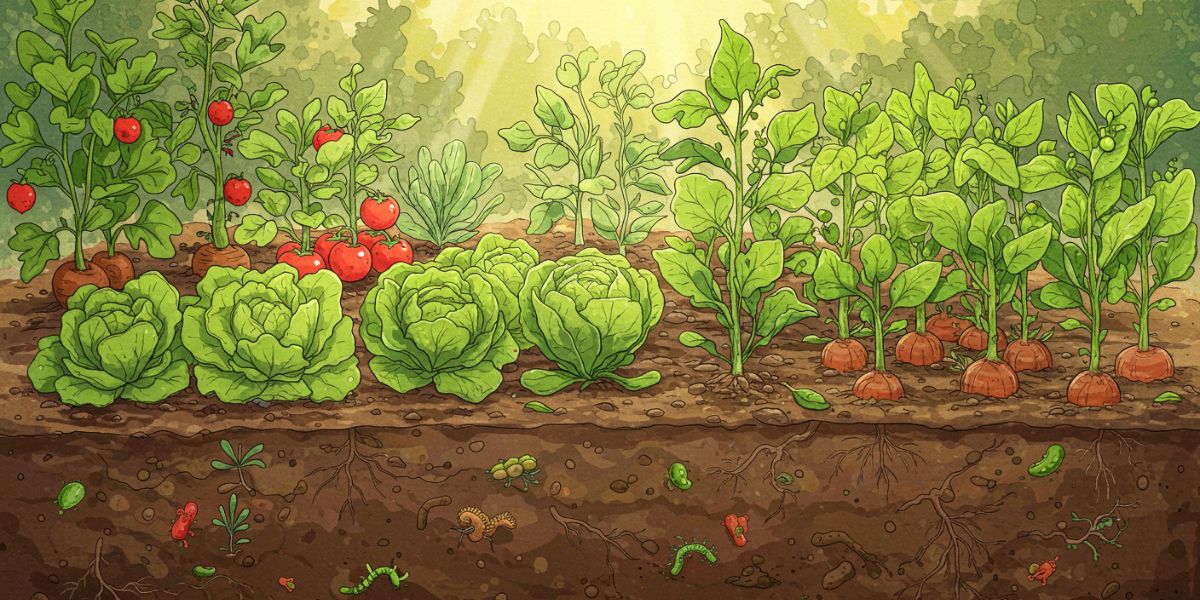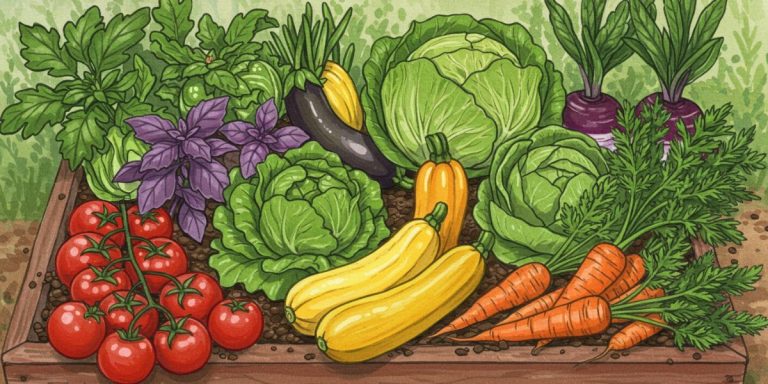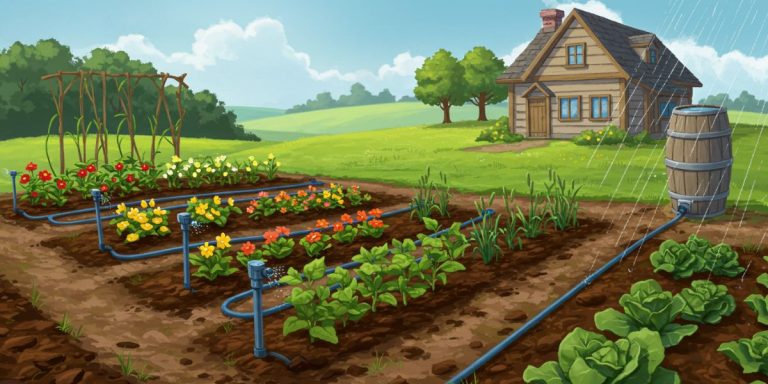6 Best Ways of Improving Soil Fertility Naturally

Soil fertility is one of the most critical aspects of sustainable agriculture. Healthy soil supports vigorous plant growth, enhances food quality, and promotes a resilient ecosystem. Unlike synthetic fertilizers, natural methods for improving soil fertility help maintain long-term productivity without causing environmental harm.
Organic practices enrich the soil with essential nutrients, improve its structure, and help microbial life. These methods not only boost yield but also lower costs and limit chemical runoff. Improving soil fertility naturally and embracing enhancement techniques is essential for gardeners and farmers looking for eco-friendly, sustainable solutions.
1. Understanding Soil Fertility

Key Components of Healthy Soil
Healthy soil is rich in nutrients, organic matter, and beneficial microbes. Key nutrients include nitrogen, phosphorus, potassium, calcium, and magnesium. Organic matter improves water retention and provides food for microbes, which are essential for nutrient cycling and disease resistance.
Signs of Poor Soil Fertility
Several indicators signal a decline in soil health. Yellowing leaves, stunted plant growth, poor yields, and excessive weed growth often suggest nutrient imbalance or microbial decline. Compacted or crusty soil may also reflect reduced organic content and poor aeration.
Soil Testing and Analysis
Performing regular soil tests is the first step toward effective soil management. Testing determines pH levels and measures the availability of key nutrients. Based on the results, you can tailor your soil improvement strategy using natural amendments suited to your specific needs.
2. Natural Methods to Improve Soil Fertility
Composting
Composting is a simple and effective way to enrich soil naturally.
Types of Compost Materials
Compost can be made using a mix of green materials (like vegetable scraps, coffee grounds, and grass clippings) and brown materials (such as dried leaves, cardboard, and straw). The right balance of nitrogen-rich greens and carbon-rich browns ensures efficient decomposition and nutrient balance.
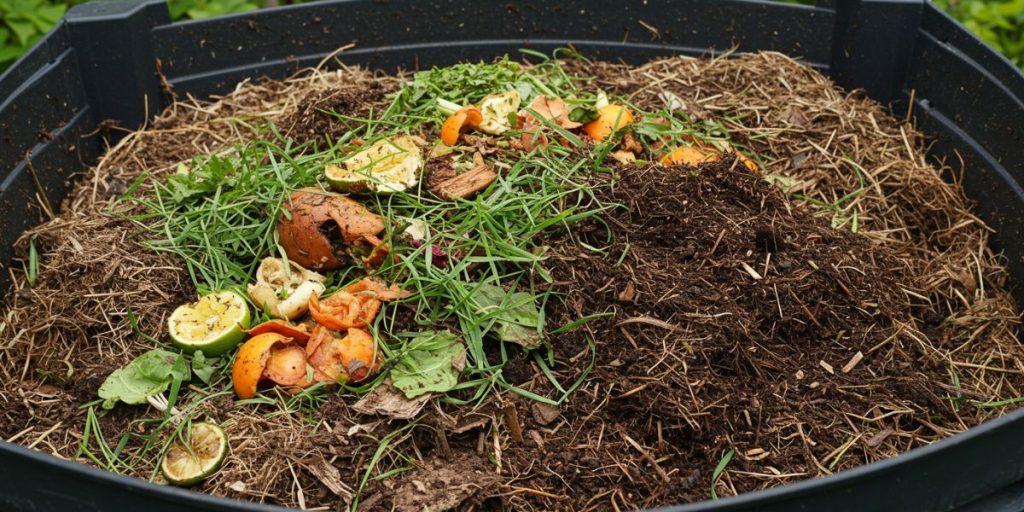
How to Make and Use Compost Effectively
To create high-quality compost, layer greens and browns, keep the pile moist, and aerate it regularly. Mature compost should be dark, crumbly, and earthy-smelling. Once ready, it can be mixed into garden beds or used as a mulch to improve soil texture and fertility.
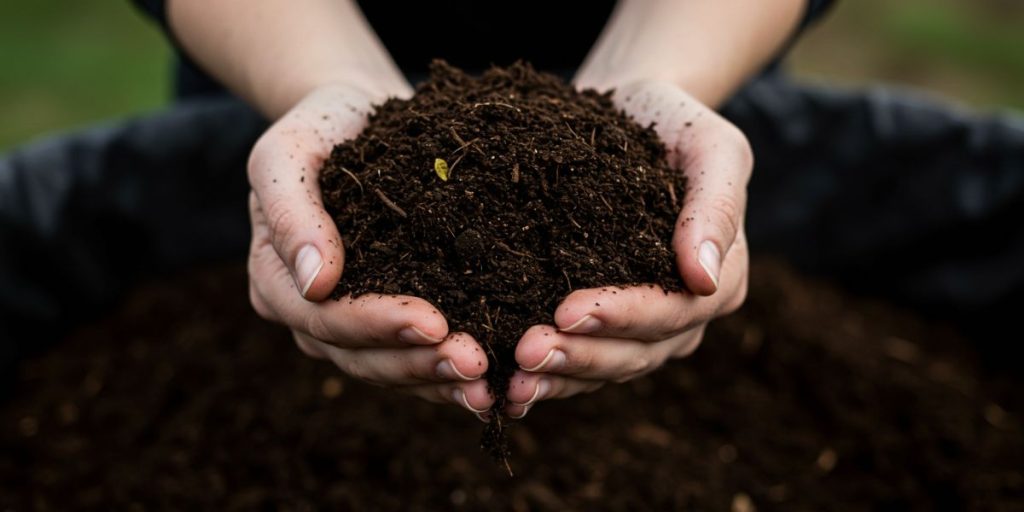
Green Manure and Cover Crops
Cover crops, often referred to as green manure, play a vital role in soil enrichment.
Benefits of Nitrogen-Fixing Plants
Leguminous plants such as clover, vetch, and peas fix atmospheric nitrogen into the soil, reducing the need for external fertilizers. They prevent soil erosion, suppress weeds, and rejuvenate tired soils during off-seasons.
Best Cover Crops for Various Soil Types
Crimson clover is ideal for sandy soils, while winter rye performs well in heavy clay. Buckwheat grows quickly and is excellent for weed suppression on poor soils. Choosing the right cover crop ensures maximum soil benefit and ease of management.

Crop Rotation
Rotating crops prevents soil exhaustion and breaks disease cycles.
How Rotation Prevents Nutrient Depletion
Different plant families have varying nutrient demands. Rotating crops prevents depletion of specific nutrients and allows time for the soil to recover. It also reduces pathogen build-up and pest infestations.
Simple Rotation Schedules
A basic four-year rotation might include legumes, leafy greens, root crops, and fruiting plants. This approach improves biodiversity and balances nutrient usage. Maintaining a planting log can help coordinate efficient crop rotation.
Organic Mulching
Mulching enhances soil health by retaining moisture and regulating temperature.
Types of Mulch
Straw, wood chips, shredded leaves, and grass clippings are common organic mulches. These materials gradually break down and enrich the soil with organic matter.
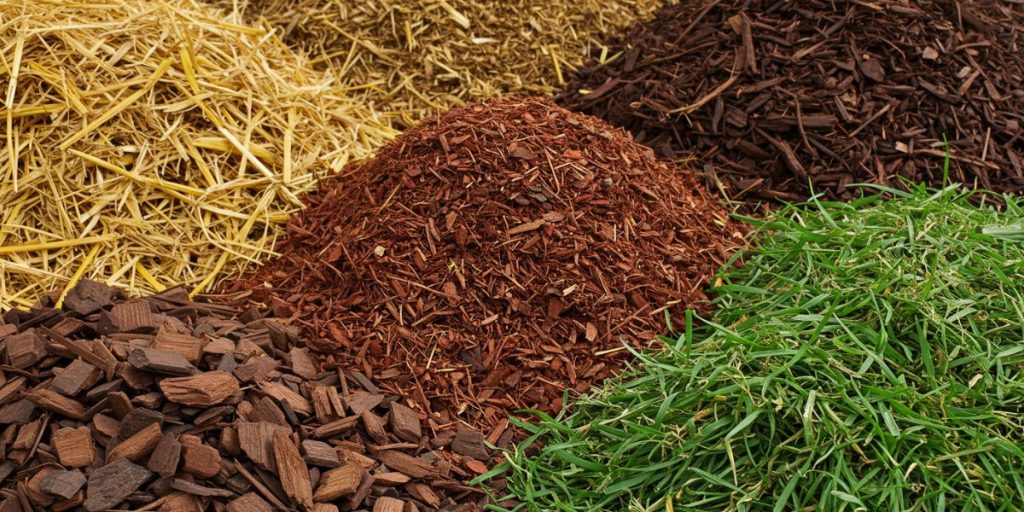
Benefits for Soil Moisture and Structure
Mulch helps conserve water by reducing evaporation. It also inhibits weed growth and promotes looser, more workable soil. Over time, mulch transforms into humus, further improving soil structure and fertility.
Vermiculture (Worm Farming)
Vermiculture is the process of using worms to convert organic waste into nutrient-rich compost.
How Worm Castings Improve Fertility
Worm castings, or vermicompost, are packed with enzymes, beneficial microbes, and plant-accessible nutrients. They improve soil aeration, water retention, and nutrient availability.
Setting Up a Worm Bin
A worm bin can be set up using a container with proper drainage and red wiggler worms. Feed them vegetable scraps and bedding materials like shredded newspaper. With minimal maintenance, you’ll have a steady supply of high-quality, natural fertilizer.
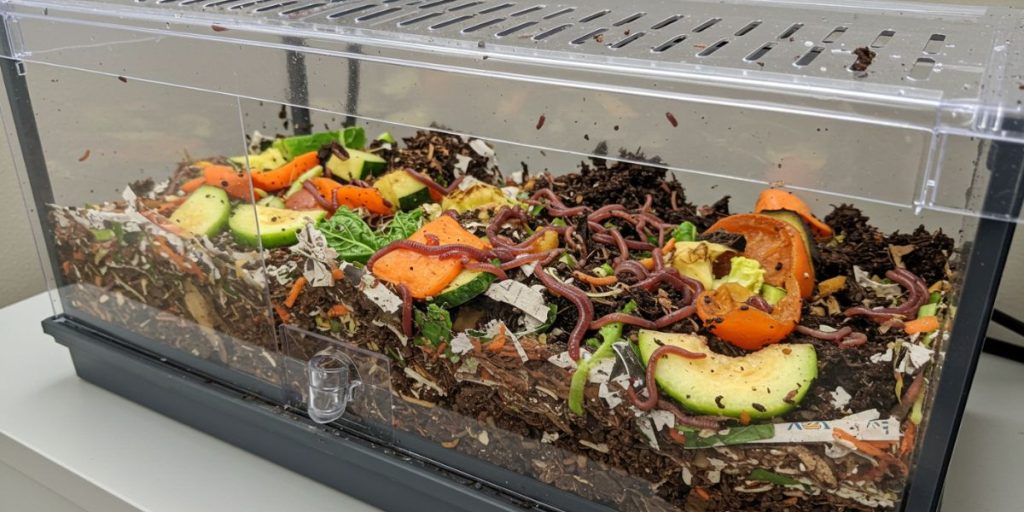
Recommended resource: My favorite book on the subject of improving soil fertility naturally is What Your Food Ate by David R. Montgomery and Anne Biklé. It’s a GREAT read!!
3. Enhancing Soil Microbial Activity
Role of Microbes in Nutrient Cycling
Soil microbes decompose organic matter and make nutrients available to plants. They form symbiotic relationships with roots and improve plant resilience. A biodiverse microbe population leads to balanced and productive soil.
Adding Microbial Inoculants
Products like mycorrhizal fungi, compost tea, and effective microorganisms (EM) boost microbial activity. These inoculants strengthen root systems, enhance nutrient uptake, and accelerate organic matter breakdown. They can be applied as a soil drench or foliar spray (applied directly to the leaves instead of soil).

Avoiding Practices That Harm Microbial Life
Avoid using chemical pesticides, over-tilling, or applying synthetic fertilizers, as these can harm beneficial microbes. Maintaining a stable organic environment is key to microbial health and improving soil fertility naturally. Promote diversity by rotating crops and incorporating organic matter regularly.
4. Biochar and Soil Amendments
What Is Biochar and How It Helps
Biochar is a carbon-rich material produced from plant matter through pyrolysis. When added to soil, it improves water retention, increases nutrient availability, and provides a habitat for microbes. It is particularly beneficial in sandy or degraded soils.
Other Natural Amendments
Rock dust adds trace minerals, supporting long-term fertility. Seaweed contains growth hormones and micronutrients that enhance plant development. Fish emulsion is a fast-acting nitrogen source that stimulates microbial life and boosts plant growth naturally.

Related posts: If you’re looking to put your soil knowledge to good use, learning what’s needed to have a year-round garden, whether you have 10 acres or just a small plot of land, can be very beneficial for overall self-sufficiency.
5. Improving Soil Fertility Naturally: Avoiding Common Mistakes
Over-Amending
Adding too much organic matter or certain amendments can lead to nutrient imbalances and hinder plant growth. Always apply based on soil test results. Balance is crucial for creating a thriving soil system.
Improper Composting
Compost piles without the right carbon-nitrogen ratio may smell, attract pests, or fail to decompose properly. Turn the pile regularly and maintain consistent moisture levels to speed up the process and ensure quality.
Tilling and Its Effect on Soil Structure
Frequent or deep tilling disrupts soil structure, damages microbial habitats, and leads to compaction. Consider reduced tillage or no-till practices to preserve soil integrity and promote biological activity.
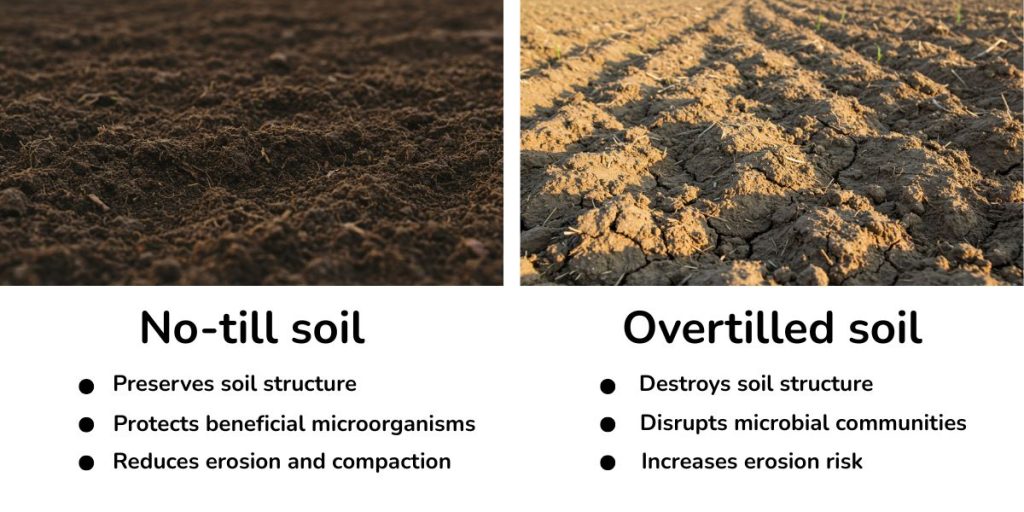
6. Long-Term Soil Health Practices
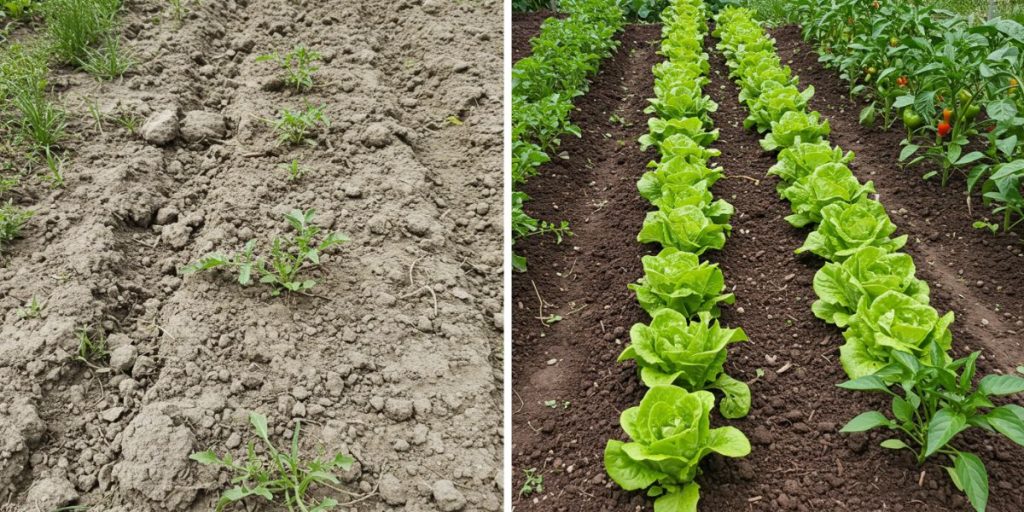
Building Organic Matter Over Time
Consistently adding compost, mulch, and cover crops fosters healthy soil over the long term. Each application improves texture, water retention, and microbial populations. Ongoing care results in cumulative benefits for plant health.
Encouraging Biodiversity in the Garden
Diverse plantings attract beneficial insects, improve soil life, and reduce pest pressure. Include native species and companion plants to boost garden resilience. Biodiversity also increases the soil’s ability to recover from stress.
Monitoring and Adjusting Fertilization Plans
Regular soil tests and visual assessments ensure your soil is improving over time. Adjust your inputs based on results, crop needs, and seasonal changes. A flexible, observation-based approach leads to better long-term outcomes.
Conclusion
Improving soil fertility naturally involves a holistic approach combining composting, cover cropping, crop rotation, and microbial enhancement. These methods build long-term soil health, reduce dependence on synthetic inputs, and support a balanced ecosystem. By adopting these sustainable gardening practices, you’ll create more productive and resilient soil, ensuring a healthier environment and better harvests for years to come.

